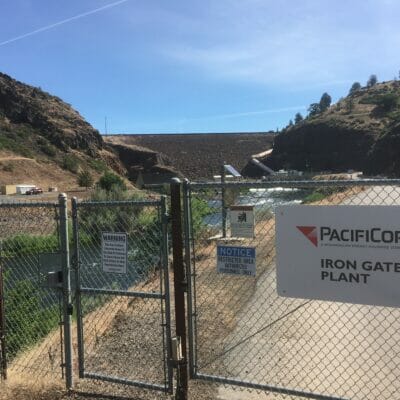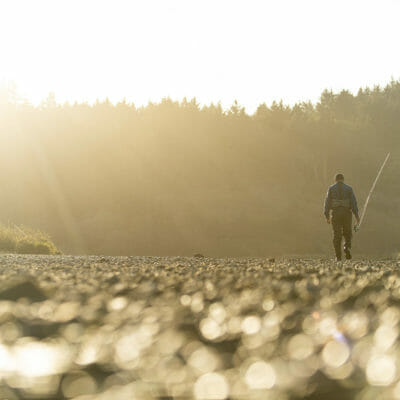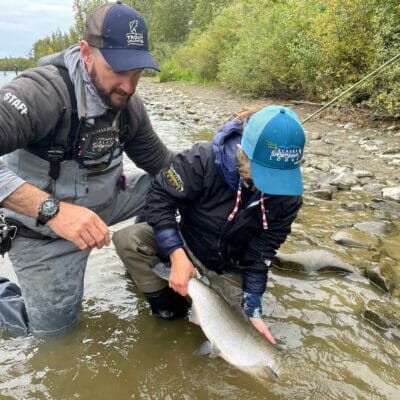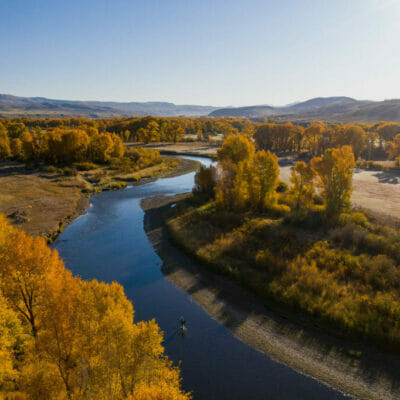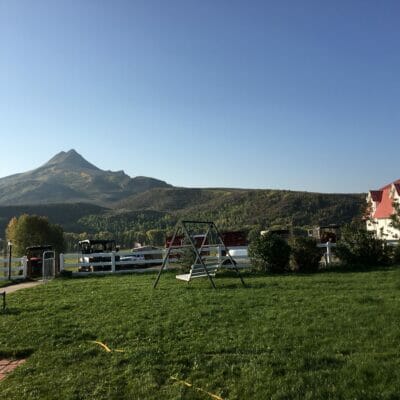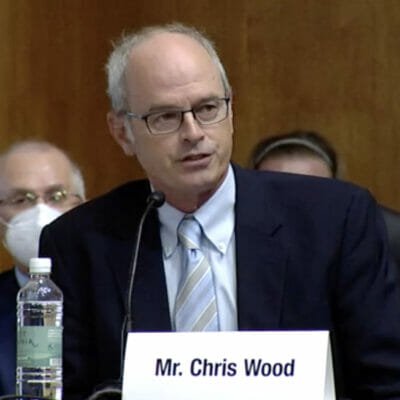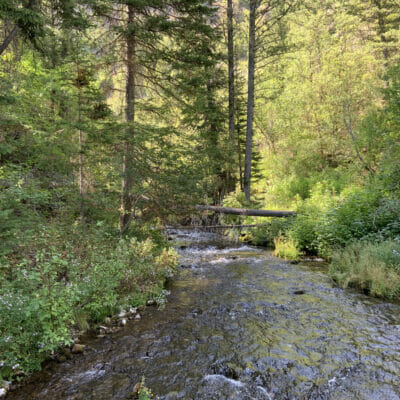Signatories to the Klamath Basin Hydroelectric Settlement Agreement, including Trout Unlimited, held a press briefing on November 12 and said they are in a “sprint to the finish” to achieve the pact’s principal goal of removing four old dams on the Klamath River. The signatories, including Tribal leaders, a representative of the ranching community, and…
by Sam Davidson | November 4, 2021 | Conservation
The State of Oregon is justifiably famous for many things, among them its world-renowned salmon and steelhead fisheries. But a slew of impacts, including hotter and drier conditions associated with climate change and harmful timber practices (especially on private forest lands), have diminished many of Oregon’s salmon and steelhead runs. Late last Friday, eighteen months…
Here lies the promise of our plans to develop a shared agenda of priority waters.
The Colorado River Connectivity Channel is an effort by Trout Unlimited and many other partners to reconnect a mile of the river near its headwaters.
FFA president joins Trout Unlimited and other partners to urge passage of infrastructure funding to ensure water security in the West By Laura Ziemer and Pat O’Toole It’s not every day that you see municipal, agricultural, and conservation interests coming together around big, substantive issues. Last month, these diverse interests jointly urged Congress to include resources for water, forestry and ecosystem…
Abandoned hardrock mines create some of the most significant water quality problems facing our country, but in Congress we have an opportunity to invest in cleaning up pollution of the past, while modernizing our mining laws so we don’t face the same issues in the future
“The elders told us there is no point in building a visitors center if we don’t restore the land,” said Brad Parry, a tribal member leading up conservation work on the neglected landscape. “They told us they want this land back to the way it was when the massacre happened. For those who died to have a peace we need to restore the land to as natural as possible.”
